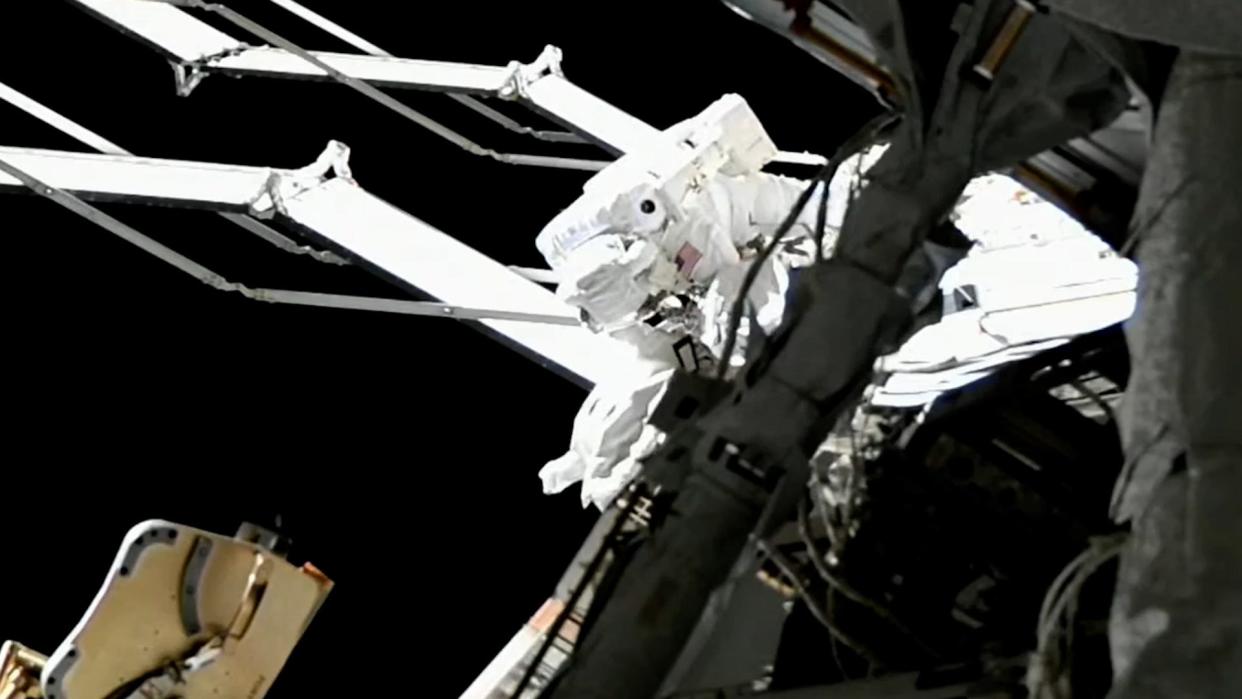NASA's Mars mission means crews are needed to simulate life on the Red Planet: How to apply
If you are up for a yearlong space mission, then NASA might just have the job for you.
The space agency said Friday that administrators are seeking applicants for NASA's next research assignment, one that simulates the “challenges of a mission on Mars” as a way to guide future plans for human exploration of the red planet.
NASA has a total of three “ground-based missions” planned in this controlled environment, making this the second time they have hosted an open call for the Crew Health and Performance Exploration Analog, or CHAPEA for short.
“With the first CHAPEA crew more than halfway through their yearlong mission, NASA is using research gained through the simulated missions to help inform crew health and performance support during Mars expeditions, the agency said in a release.
The mission is set to kick off early next year, so be sure to get your application in before NASA’s April 2 deadline.
Here’s how to apply.
What does NASA’s Mars simulation mission entail?
NASA’s CHAPEA mission participants are set to spend 365 days living and working inside a 3D printed habitat called Mars Dune Alpha at the Johnson Space Center in Houston, Texas.
“Life in Mars Dune Alpha will resemble the expected experience for those living in a future Mars surface habitat. The layout of the 3D printed habitat was designed to provide separate areas within the habitat for living and working,” according to NASA’s website.
The challenges of a mission on Mars will be simulated through resource limitations, equipment failures, communication delays and other environmental stressors in habitat, the agency said.
The four-person volunteer crew, selected by NASA, are expected to complete a number of tasks, including simulated spacewalks, robotic operations, habitat maintenance, exercise, and crop growth in the 1,700 square foot space.
Who can apply to be part of NASA’s Mars simulation mission?

NASA has a couple of thoughts on who the best applicants for the job are, saying it is looking for applicants who have “a strong desire for unique, rewarding adventures and interest in contributing to NASA’s work to prepare for the first human journey to Mars.”
Applicants should also be:
Healthy and motivated U.S. citizens/permanent residents
Non-smokers
Between 30 and 55 years old
Proficient in English for effective communication between crewmates and mission control
That being said, NASA will follow “additional standard criteria for astronaut candidate applicants” for the CHAPEA simulation mission, meaning that interested applicants should also have relevant education and work experience to be considered.
Additional details on NASA’s applicant criteria can be found on the space agency’s website.
Compensation for mission participation is available, with additional details set to be provided during the candidate screening process.
How do I apply?
All you have to do to be considered for NASA’S second Mars simulation mission is submit your online application by Tuesday, April 2.
NASA warns applicants that the selection process could take anywhere between 12 and 14 months, so don’t get discouraged if you don’t hear back right away.
This article originally appeared on USA TODAY: Mars mission has NASA seeking more CHAPEA crew members: How to apply
